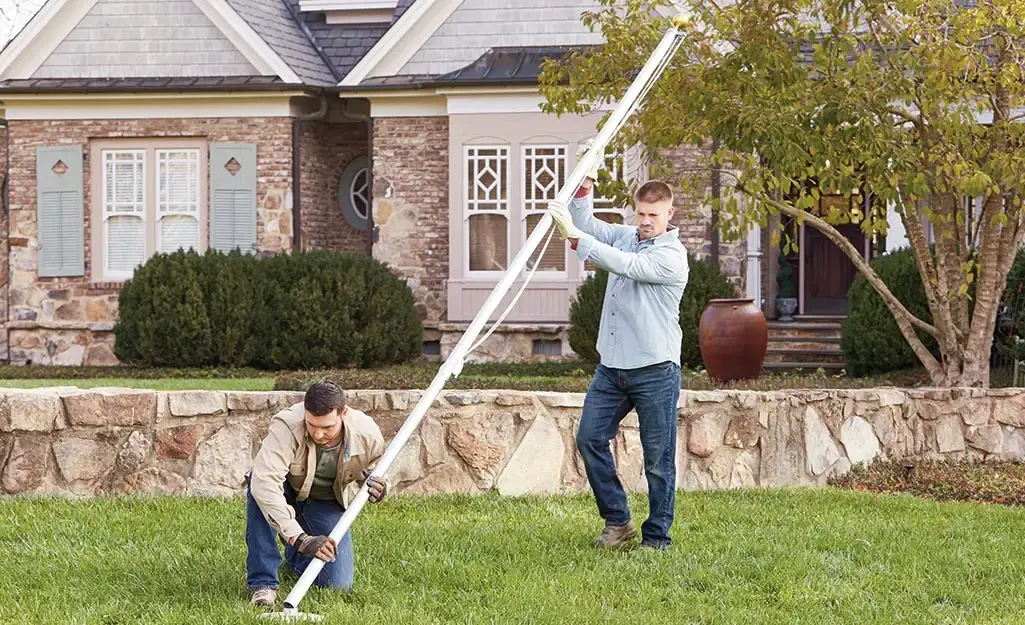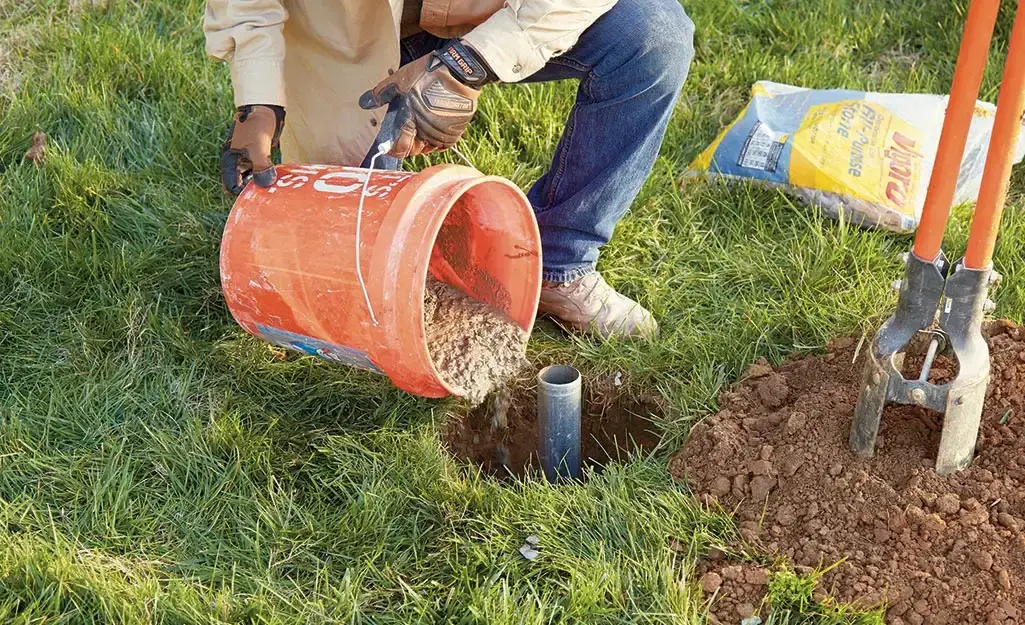
A flag is a matter of pride and respect. While it seems easy, flying a flag with confidence requires everything to be on point. And one major aspect here is the pole. The pole is the foundation of the flag, and selecting the right one is imperative. So, how do you select the right flag pole? How to hang your flag on it? What are some mounting methods? Let’s explore these aspects in depth.
A flag is more than a fabric. It’s a symbol of pride, honor, or values. Displaying it correctly shows respect and keeps it looking sharp. Improper hanging risks damage, tangling, or disrespect, especially for national flags, with proper etiquette rules.
A rightly displayed flag boosts your space’s appeal, be it a home or a business. Correct installation prevents issues like torn flags or broken rules. Proper care extends a flag’s life, saving replacement costs, ensuring your message shines clearly, visible to all. Done right, your flag waves boldly, reflecting your commitment to its meaning.
Choosing the right flagpole makes all the difference in showcasing your flag. There are different types of poles and mounts suitable for different spaces and needs. Keep reading to understand the difference between each one of them.
Vertical flagpoles stand tall and proud, perfect for bold displays. Typically 20 to 60 feet high, they’re anchored into the ground with a sturdy concrete base. Made from aluminum or fiberglass, they resist rust and handle tough weather conditions.
Vertical flagpoles are ideal for homes, businesses, or public spaces needing a prominent flag. Installation requires digging and precise leveling to ensure stability. Regular maintenance, like checking ropes and pulleys, keeps them functional. Their height makes flags visible from afar, creating a striking statement. Choose this option for a permanent, eye-catching setup that stands firm.
Wall-mounted or angled poles are great for tight spaces. Usually 6 to 10 feet long, they attach to building walls, either vertically or at an angle. They’re popular for homes, storefronts, or offices where ground space is limited. Strong brackets and bolts ensure a secure hold.
Aluminum or steel models withstand high winds and rain. Installation needs careful placement to avoid weak walls or obstructions. Such poles offer a sleek look, keeping flags close to your building. Regular checks prevent loose mounts or rust. This option suits those wanting a compact, professional flag display without ground installation.
Telescoping and portable poles offer flexibility for changing needs. Telescoping poles extend or collapse, reaching up to 20 feet, perfect for adjustable heights. Portable poles move easily, ideal for events or temporary flag displays. Made of lightweight aluminum, they’re simple to set up on flat surfaces.
Telescoping models lock securely to stay stable. Maintenance involves checking locks and joints for wear. These poles shine for seasonal flags or mobile setups, letting you display pride anywhere. This option is for versatility and easy storage without sacrificing durability.

Hanging a flag correctly is both an art and a skill. These steps ensure your flag flies proudly, stays secure, and lasts through tough weather.
Picking the right flag and pole sets the stage for a stunning display. Flags come in sizes like 3×5 or 4×6 feet, made from high quality materials such as nylon or polyester. Nylon is lightweight and vibrant, perfect for windy areas, while polyester is tougher for harsh weather. Match the flag size to your pole. Use a 4×6-foot flag for a 25-foot pole.
Poles vary too: aluminum is rust-resistant, fiberglass is lightweight. Consider your location and weather. A coastal area needs a sturdier pole than a calm backyard. Check the pole’s weight capacity to avoid strain. Also, make sure that your pole comes with a durable rope. Experts can help you pick a flag and pole combo that looks great and holds up over time.
Your pole type determines how you mount it. Ground-mounted poles need a solid concrete base for stability, especially for tall setups. Wall-mounted poles use brackets bolted to a sturdy surface, ideal for homes or businesses with limited space. Telescoping poles attach in place and need a flat, stable surface. Each method has unique requirements; ground poles demand precise digging, while wall mounts need strong anchors.
Check your site for obstacles like trees or power lines. Ensure the pole’s height and angle suit your display goals. Consulting professionals for flag pole installation can prevent wobbly poles or unsafe setups, keeping your flag secure in all conditions.
Attaching the flag properly keeps it in place and looking sharp. Most flags have grommets, metal rings on one edge. Thread the pole’s rope (halyard) through these flag’s grommets and tie it securely with a knot, like a square knot, or use snap hooks for quick attachment.
For external halyard systems, clip the flag to the rope. Internal halyard poles hide the rope inside, requiring you to thread it through a pulley at the top. For taller poles, flag pole climbing may be necessary to reach the pulley or perform maintenance tasks.
Double-check that connections are tight to prevent slipping. For added security, you can use a zip tie to bundle excess rope or secure the halyard to the cleat, preventing it from flapping in strong winds. A loose flag can tear or wrap around the pole. Regularly inspect the flag’s grommets for rust or wear, replacing them if needed to maintain a firm hold.
Raising your flag is the moment of pride. Pull the halyard smoothly to hoist the flag to the pole’s top. For national flags, follow proper etiquette. Position the flag’s stars or top edge at the peak. Secure the rope to the pole’s cleat with a figure-eight wrap to keep it taut. If the flag appears loose, gently pull the rope to adjust the tension before securing it to the cleat.
Adjust the flag’s angle if needed, ensuring it flies freely without touching the ground or nearby objects. Check the pulley and rope for smooth operation. If the flag jams, lower it and inspect for snags. Proper positioning shows respect and ensures the flag is visible, waving boldly in the breeze.
Displaying two flags on one pole adds impact but requires care. Use a pole with multiple halyards or a spreader bar to keep flags separate. Attach the higher-priority flag (like a national flag) to the top position, following flag etiquette.
Clip the second flag below, ensuring at least a foot of space to avoid tangling. Use separate snap hooks for each flag. Raise them slowly to check alignment. Ensure the pole can handle the extra weight—consult a professional flag pole repair company if unsure. This setup creates a striking display, perfect for showing multiple affiliations without clutter.
A wrapped flag looks messy and can tear. To prevent wrapping, ensure the halyard is taut and the flag is free of obstacles. Some poles have rotating trucks at the top, allowing the flag to spin with the high winds. Anti-wrap rings or pole sleeves can also help, keeping the flag unfurled. Check your setup regularly, as loose ropes or worn pulleys can cause wrapping. A quick adjustment can keep your flag flying smoothly, looking crisp and professional all year round.
A flag waving high feels inspiring. But everything has to be on point to reach that spectacle. Start by choosing the right pole depending on your space. Once you have the pole set firmly on the ground or wall, follow proper techniques to ensure a lasting display. But that’s not all. A flag’s a matter of pride. Perform regular checks to ensure it’s not torn and rusty, and create a striking symbol of your values for all to see.
Mon-Fri 07:00–17:00
Sat 07:00–13:00
Sun Closed
Copyright © 2025 New England’s Best Flags. All Rights Reserved.